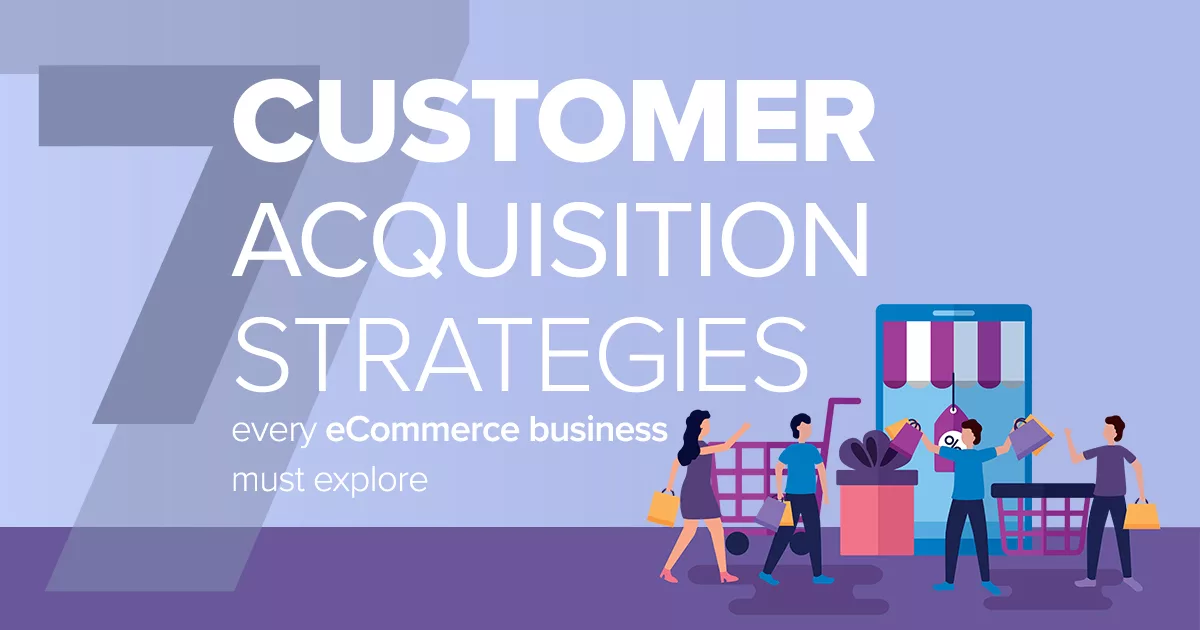How to Write Product Descriptions That Sell?

When it comes to eCommerce sales, one of the most important elements of a product listing is the product description. Product descriptions serve as a key source of information for potential customers and can make or break a sale depending on how well they are written.
In this article, we will explore how to write product descriptions that sell and provide tips and best practices for eCommerce businesses looking to improve their product listings.
1. Know Your Audience
Before you start writing your product descriptions, it’s important to know who your target audience is. What are their pain points? What features and benefits are they looking for? By understanding your audience, you can tailor your product descriptions to speak directly to their needs and preferences.
2. Focus On Benefits, Not Just Features
While it’s important to list the features of your product, it’s even more important to highlight the benefits that those features provide. For example, instead of just stating that a shirt is made of high-quality cotton, you could mention that the cotton is soft and breathable, making it comfortable to wear all day long.
3. Use Descriptive Language
Your product descriptions should paint a vivid picture of your product, using descriptive language that engages the reader’s senses. Use adjectives and adverbs to create a sense of excitement and urgency and try to convey the unique qualities of your product in a way that sets it apart from the competition.
4. Keep It Concise
While it’s important to provide enough detail to help potential customers make an informed decision, it’s also important to keep your product descriptions concise and to the point. Use short paragraphs, bullet points, and bolded headings to break up the text and make it easy to skim and aim for a length of around 100-200 words per product description.
5. Incorporate Social Proof
If your product has received positive reviews or endorsements from satisfied customers, consider incorporating that social proof into your product descriptions. Including customer testimonials or ratings can help build trust and credibility with potential customers and provide additional evidence of the quality and value of your products.
6. Optimize for SEO
In addition to engaging potential customers, your product descriptions should also be optimized for search engines. This means using relevant keywords and phrases that potential customers are likely to search for, and including those keywords in your product titles, descriptions, and tags.
7. Be Honest & Transparent
Finally, it’s important to be honest and transparent in your product descriptions. Don’t exaggerate the benefits or features of your products, and be upfront about any limitations or drawbacks. By providing honest and accurate information, you can build trust with potential customers and avoid negative reviews or returns down the line.
Conclusion
Writing effective product descriptions is an essential part of eCommerce sales. By knowing your audience, focusing on benefits, using descriptive language, keeping it concise, incorporating social proof, optimizing for SEO, and being honest and transparent, you can create product descriptions that engage potential customers, build trust, and drive sales.
Let us help you create a custom eCommerce website that reflects your brand
Our team of experts will work closely with you to ensure that your website is not only visually appealing, but also user-friendly and optimized for conversions. With our eCommerce website development services, you can rest assured that you’re getting a website that is tailored to your business needs. Ready to get started? Contact us today
Subscribe to our Blog
Read our newly created blogs delivered straight to your inbox.


